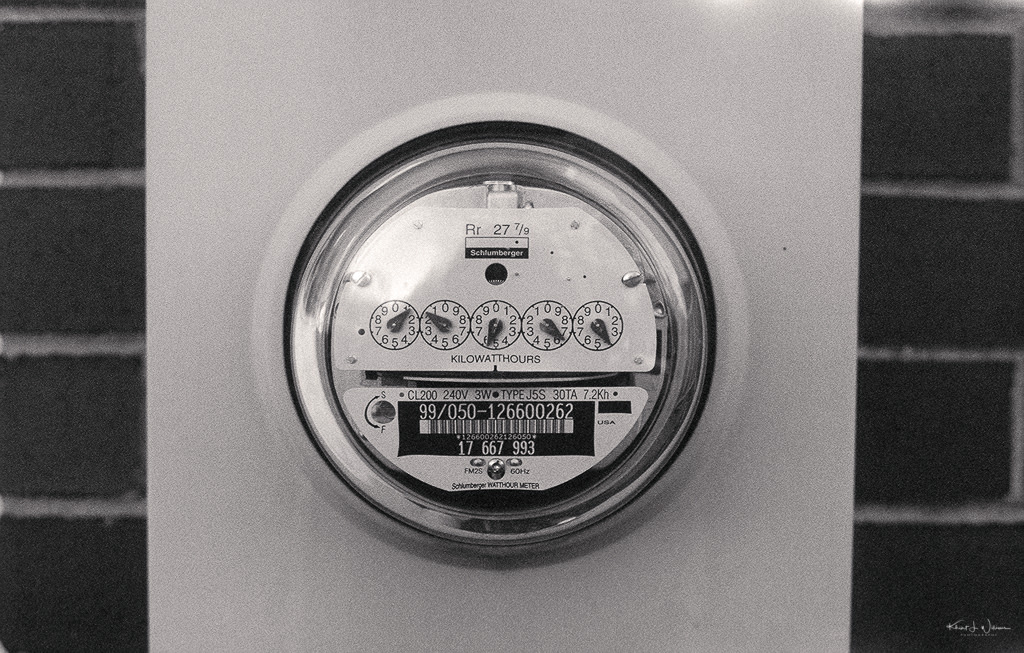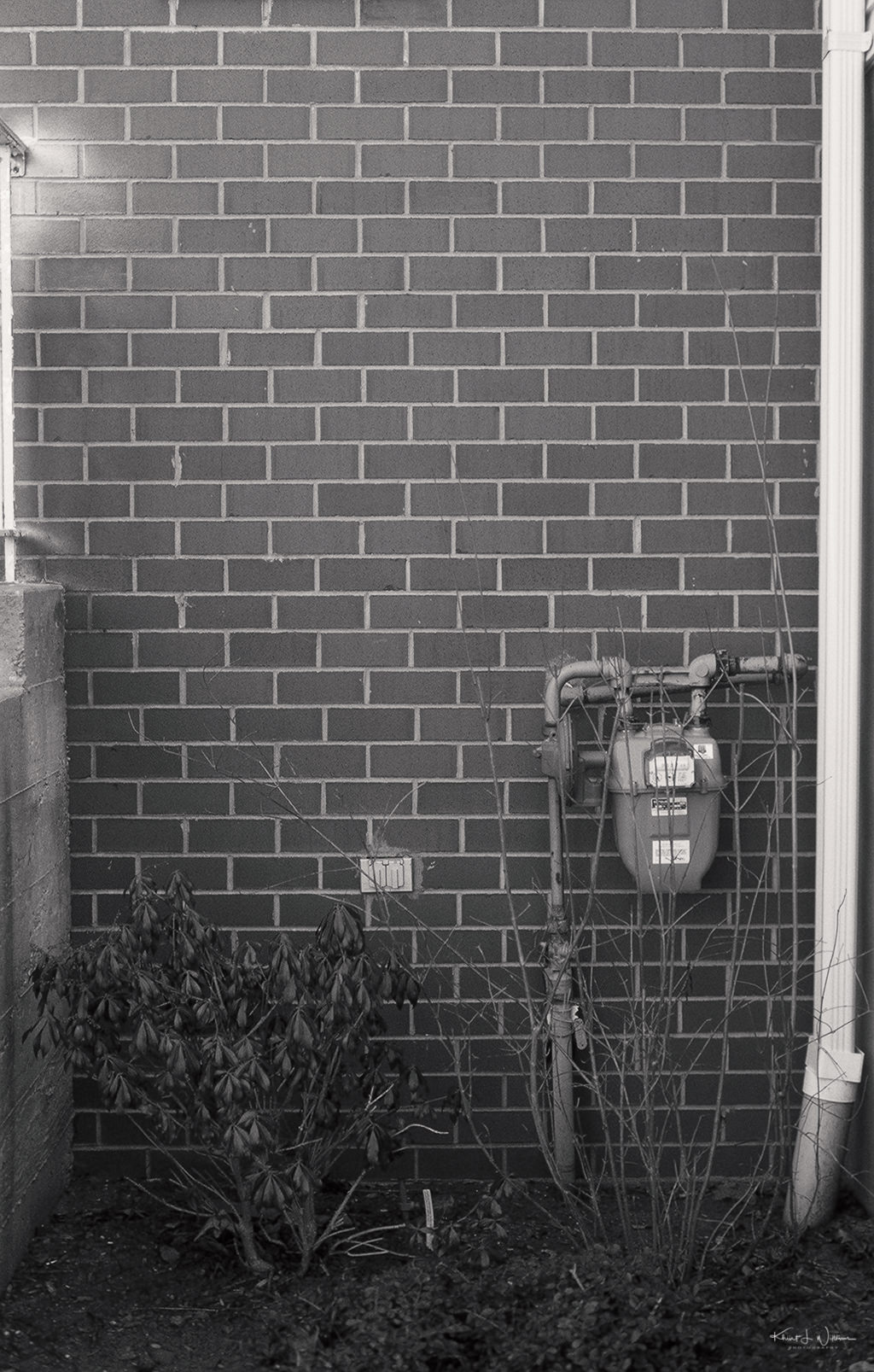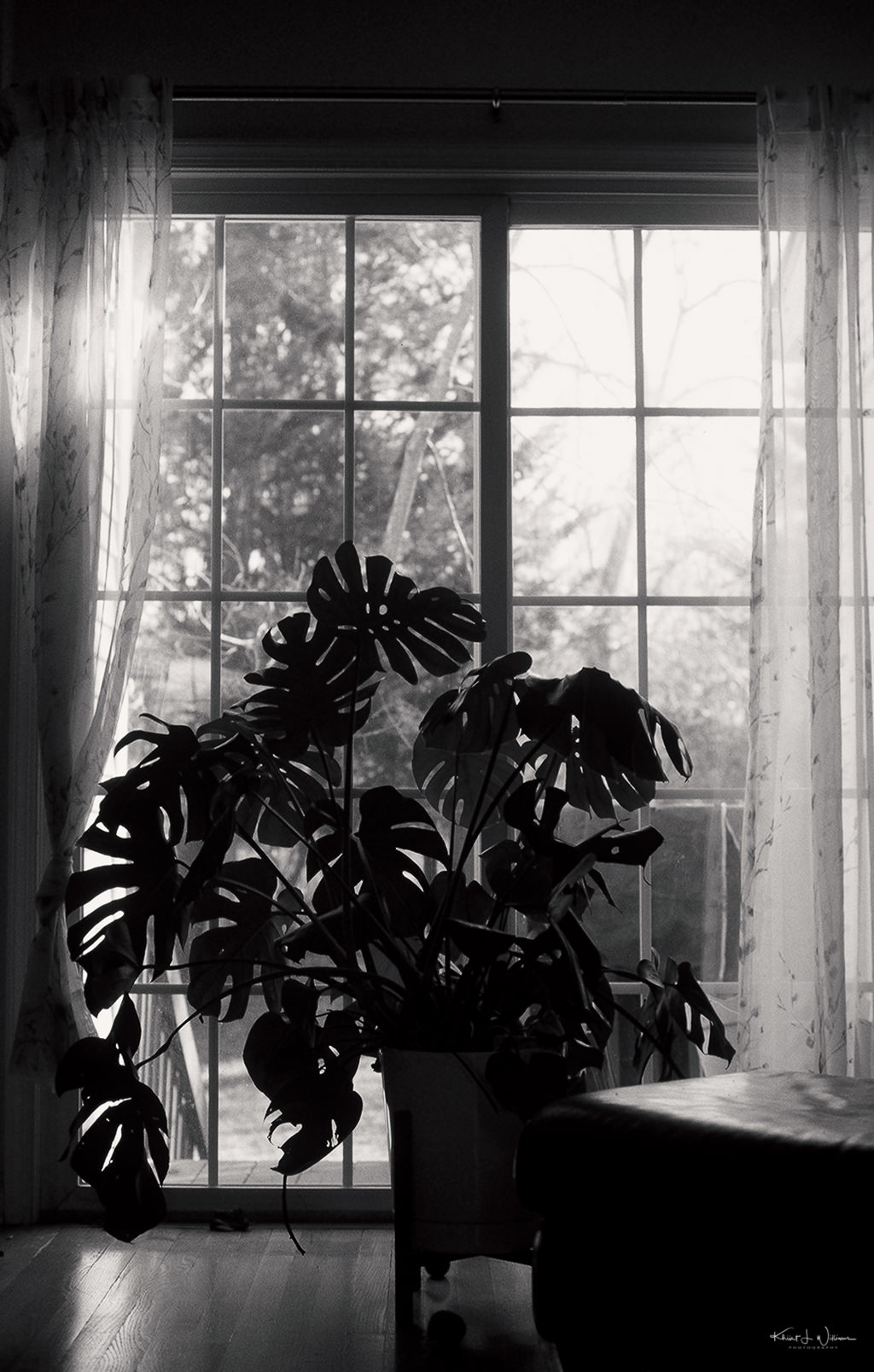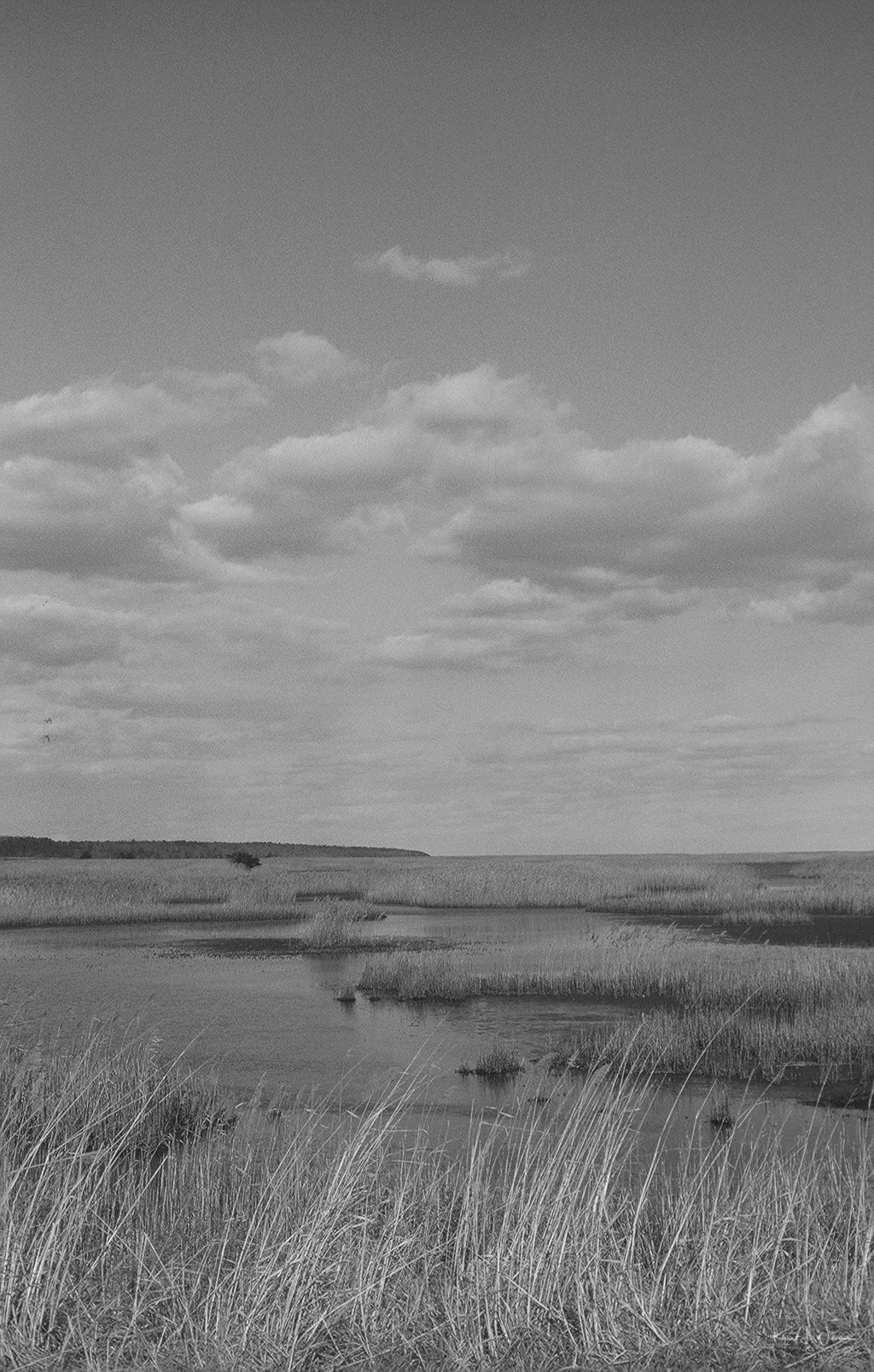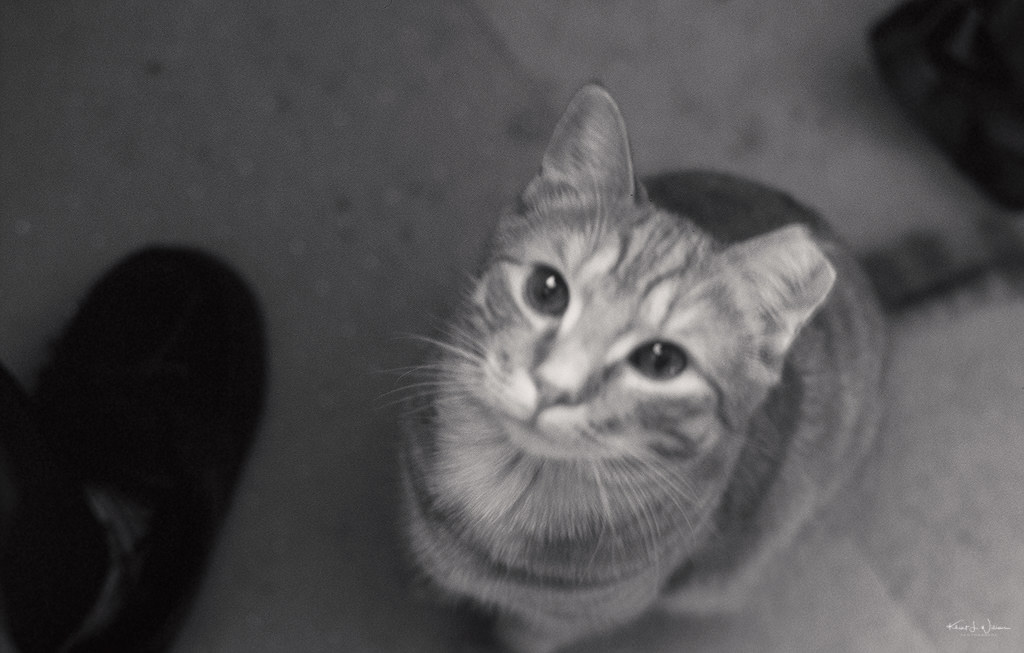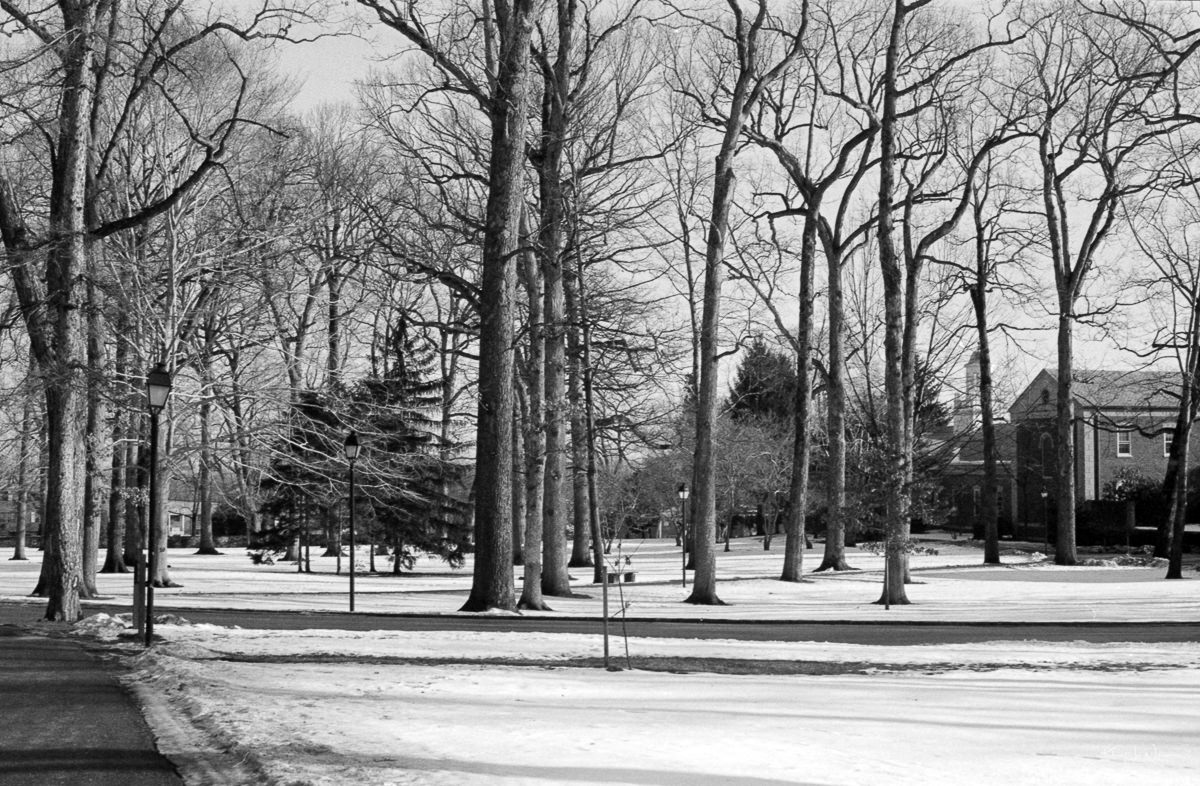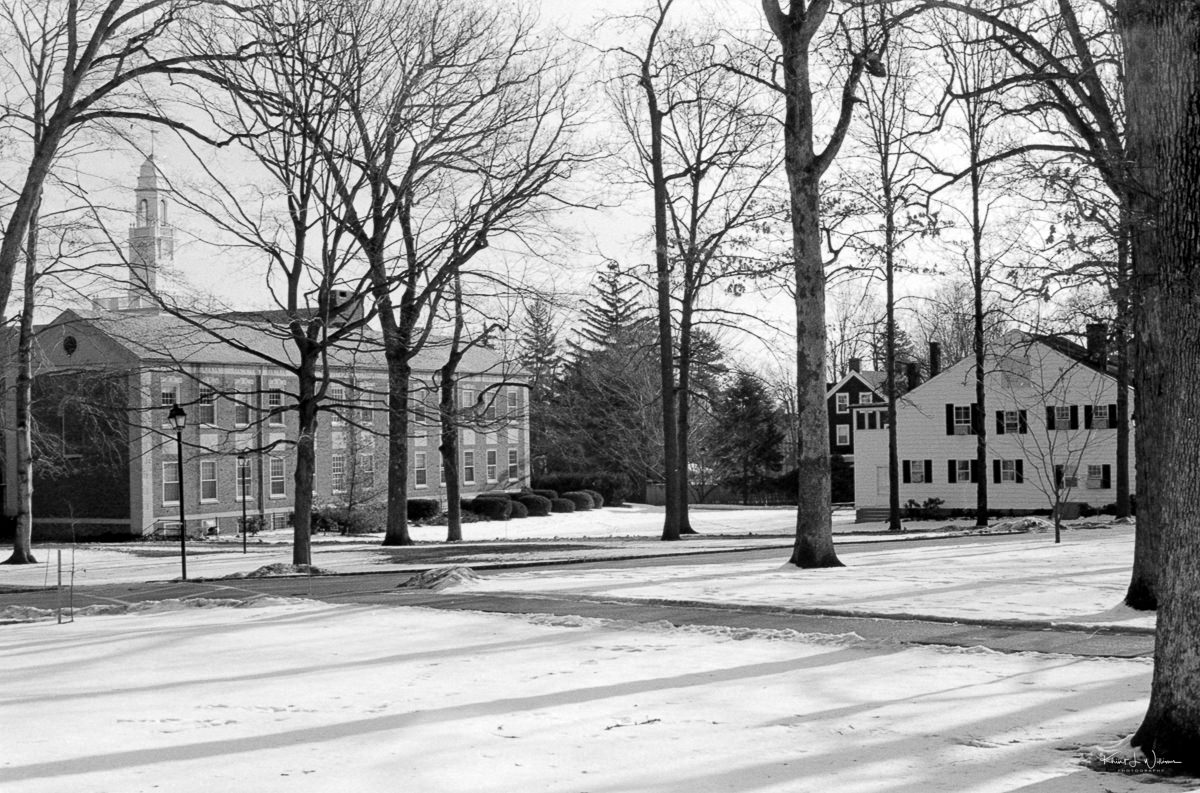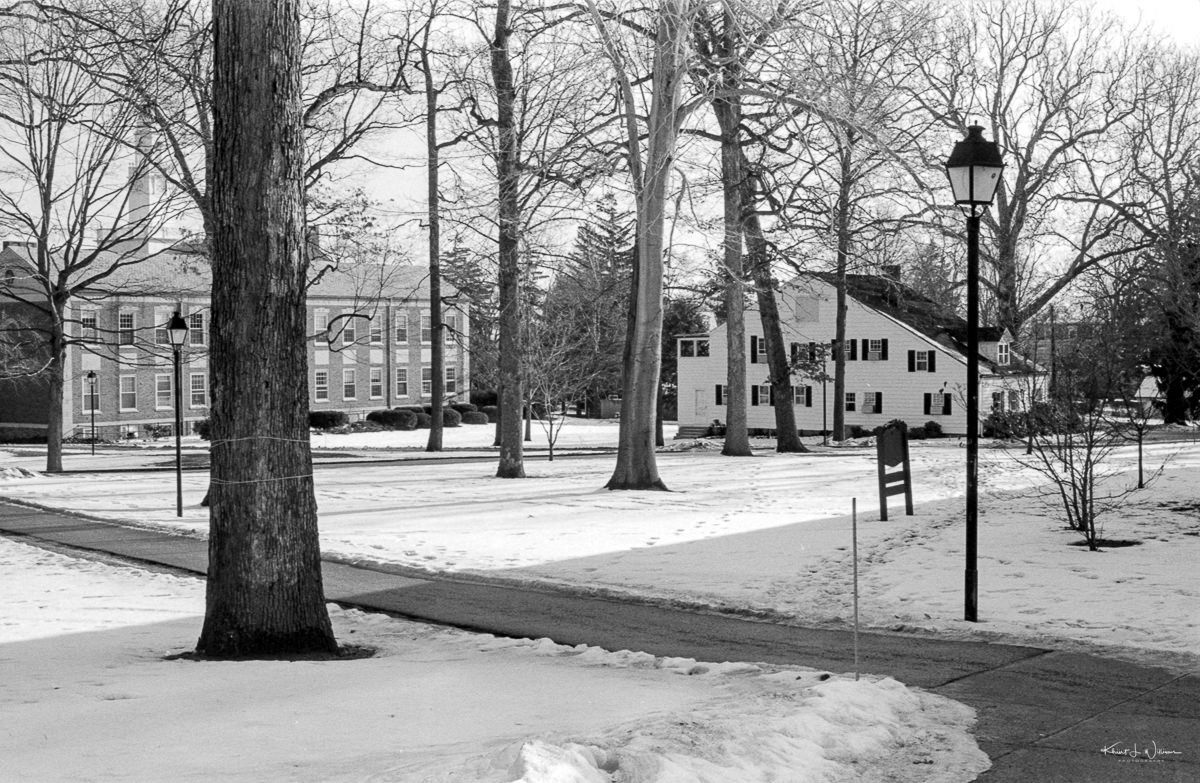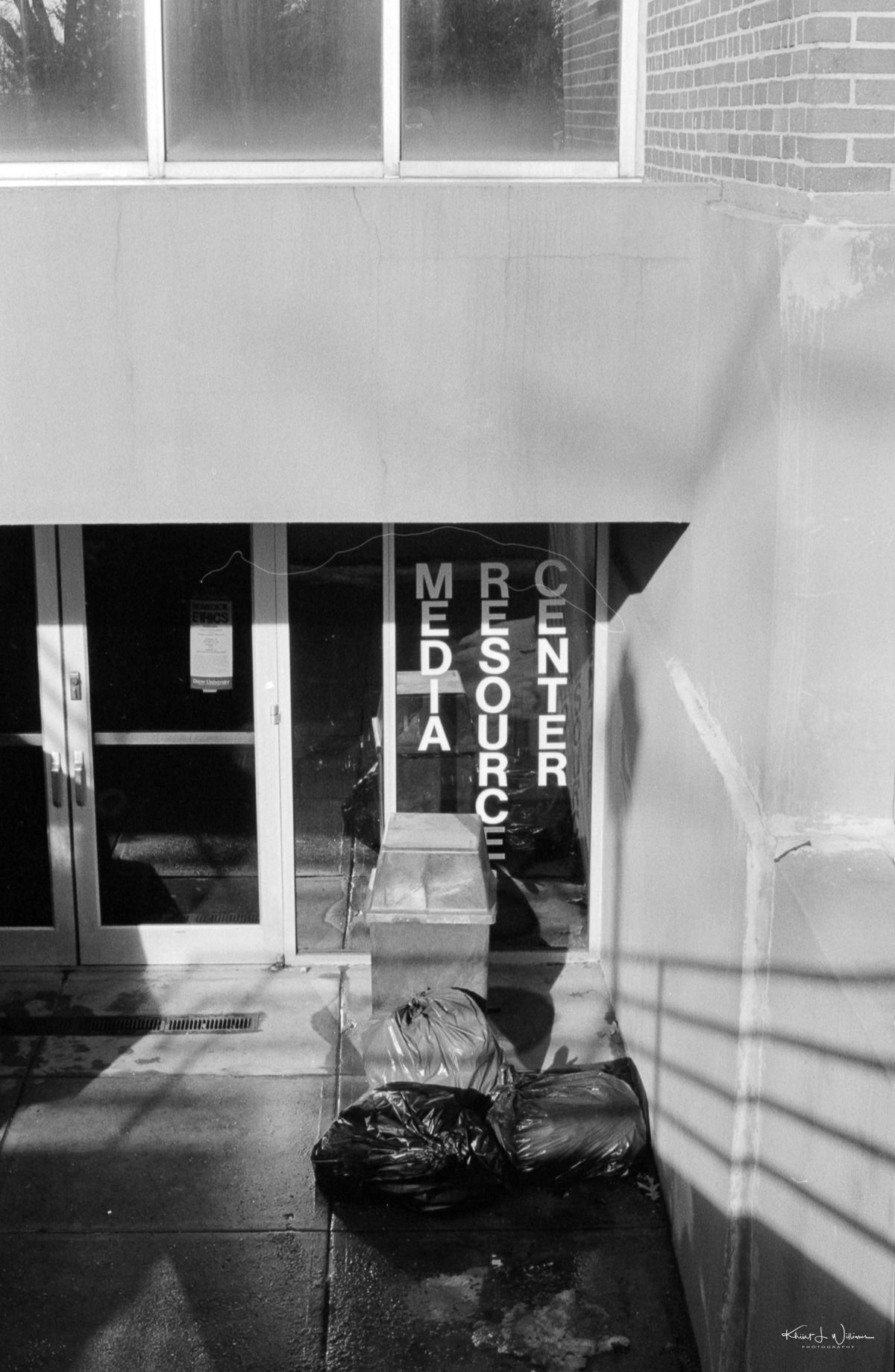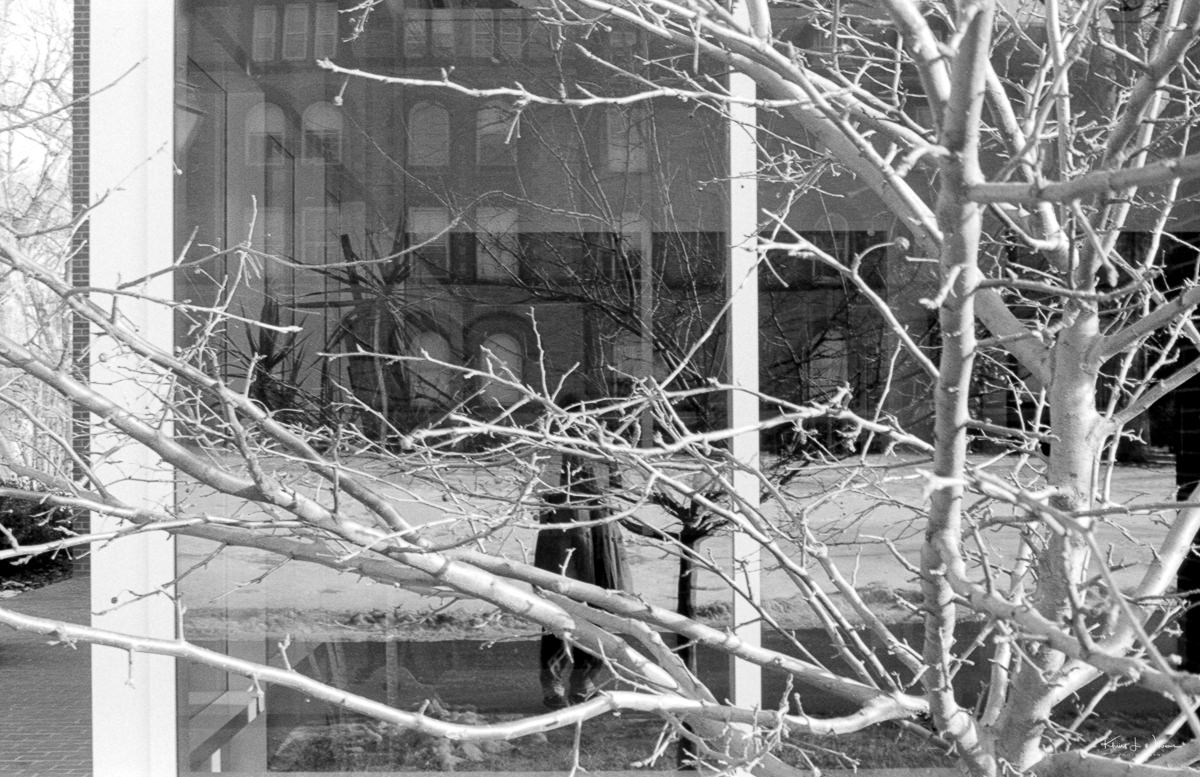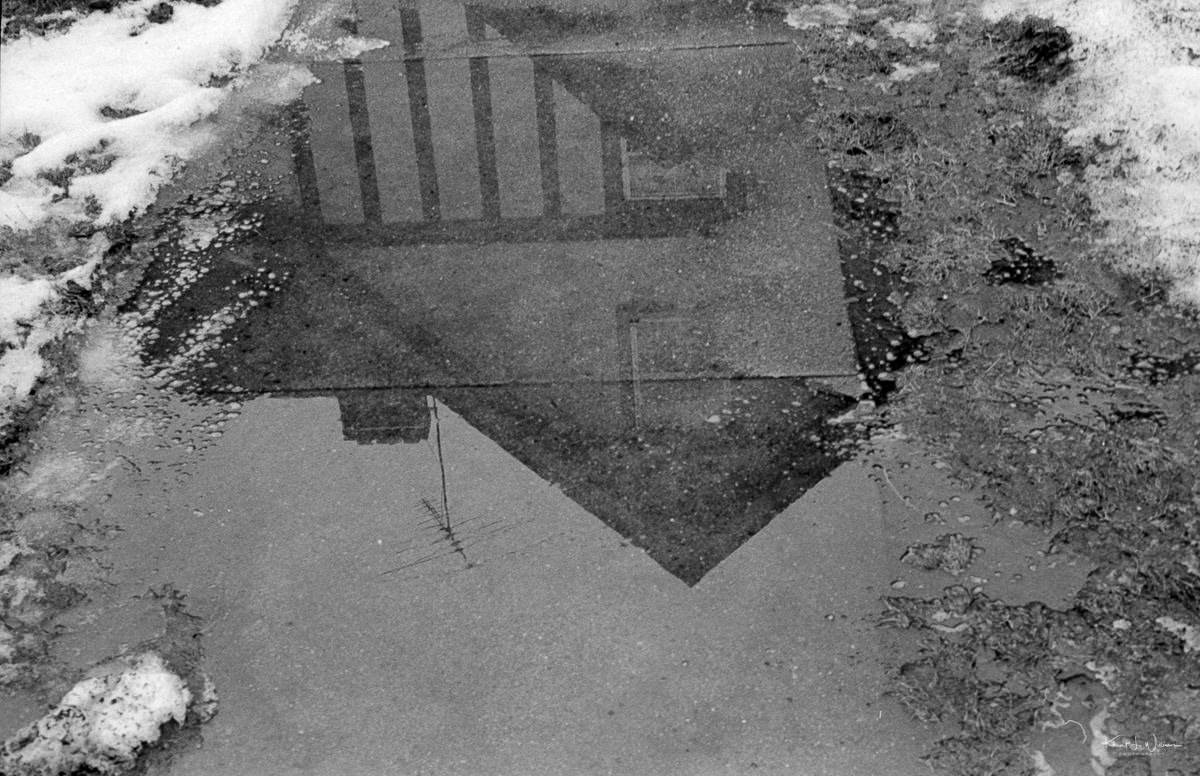NOTE: I’ll begin this experience report with a brief disclaimer. It’s been less than three years since I returned to shooting 35mm film after switching to digital photography over 20 years ago. I’ve inundated myself with as much film education as possible between web articles and advice from experienced film shooters. But, since my prior experience with film is decades old, this review is from a rather novice point of view.
In January, I put a 24-exposure roll of ADOX SCALA 160 Black and White Slide film in my Pentax P3n and took it on a trip to the Forsythe National Wildlife Refuge in Brigantine. I purchased the ADOX SCALA last year when I started putting more effort into re-learning 35mm film photography. I had never used ADOX SCALA before and wanted to experiment a little. Once I completed the roll, I sent it off to the Dark Room for development, along with an enrollment of Rollei RPX 25 and RPX 100. Unfortunately, the Dark Room does not develop black and white slide films. The undeveloped ADOX was returned to me, and I set about finding where I could get this film developed.
I discovered that very few places develop black-and-white slide films. All my Google-foo me to dr5 Chrome. dr5 Chrome works well, but their business process is still circa 1990s internet. Instead of an online form, I had to download a PDF, print it out, fill it in, and then email the form and film back to dr5 Chrome. Once they receive it, they develop the film and invoice you via email. You pay the invoice via PayPal and then wait some more for the scanned images to arrive on a compact disk. I got the compact disk over the weekend and reviewed the images during lunch.
The following five frames are taken over the last week of January and the first week of February. My favourite is the family room image. I think it has a full spectrum of black, whites and greys.
Would I reshoot this film? NO! The images look better than I expected, but developing these is a PITA.
NOTE: I don't normally submit two entries for Lens Artists Challenge, but I had forgotten about the compact disk until I saw it on my desk this morning.
Tech Specs
- Development: Black and White Colour Reversal Processing
- Film Type: Reversal
- ISO: 160
- Exposures: 24
- Pack Size: 1
